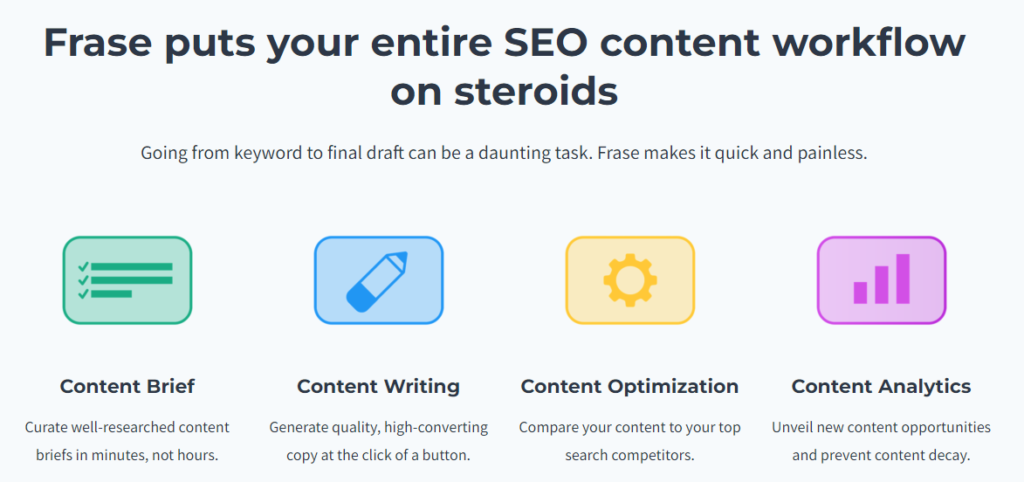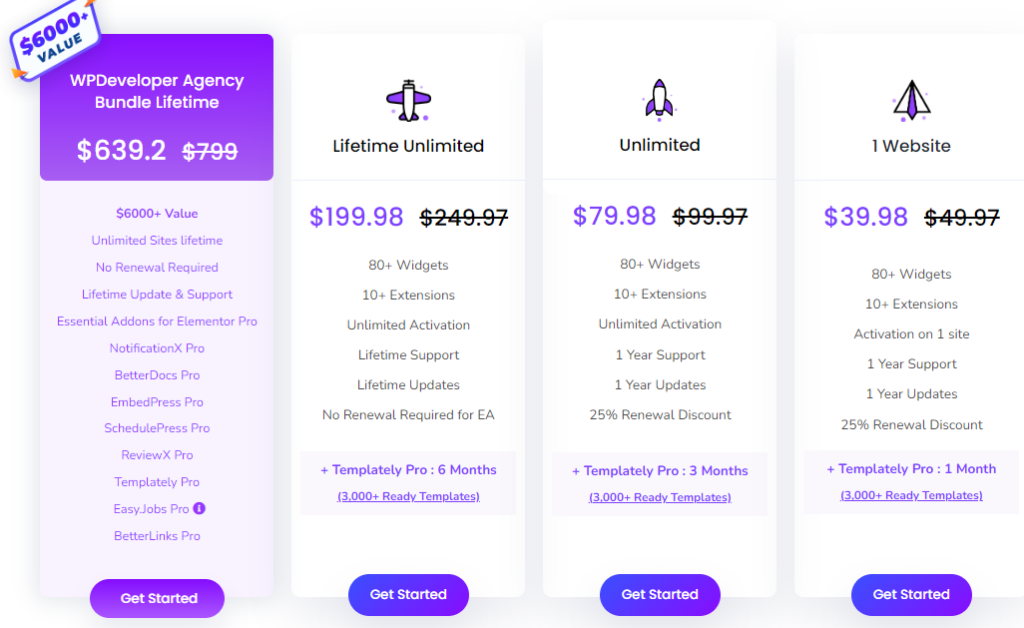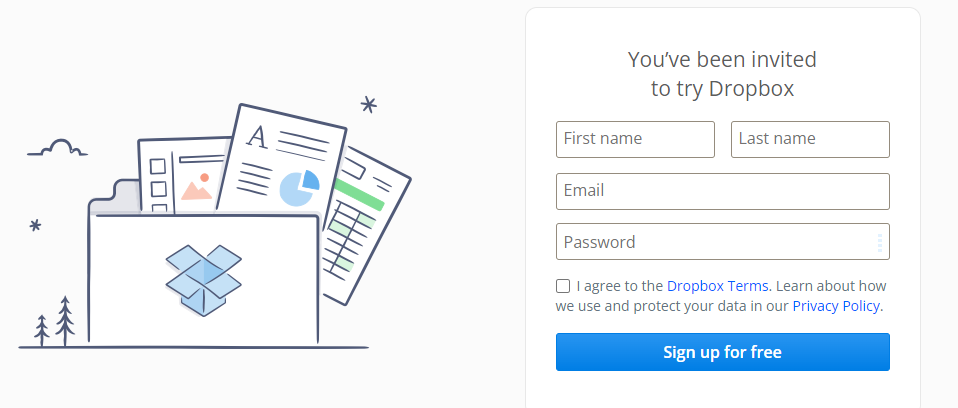Market Segmentation Techniques
Are you tired of spending time and money on marketing campaigns that don’t seem to resonate with your target audience? Market segmentation could be the solution you need to create effective marketing strategies that actually work.
Learn how to create effective marketing strategies using market segmentation techniques. Discover the different types of market segmentation, the benefits of segmentation for businesses, and how to conduct market research for accurate segmentation.
Avoid common mistakes and use data analytics to refine your target market. Start creating marketing campaigns that resonate with your audience and boost your business growth today.
What Is Market Segmentation?
Market segmentation is the process of dividing a larger market into smaller groups or segments based on specific characteristics or needs. By doing so, businesses can create targeted marketing campaigns that are more effective at reaching their intended audience.
Build a Fun, Profitable and Rewarding Online Business… Take Free Course Now
Market segmentation is important because it allows businesses to tailor their messaging, products, and services to the unique needs and preferences of different segments of their audience.
This, in turn, can help businesses increase their sales and build stronger relationships with their customers.
In this blog post, we’ll explore the different types of market segmentation techniques, the benefits of market segmentation for businesses, and how to conduct effective market research for accurate segmentation.

Types of Market Segmentation Techniques
There are several different types of market segmentation techniques that businesses can use to target specific groups of customers. These include:
1. Demographic Segmentation:
This involves dividing the market based on demographic characteristics such as age, gender, income, education, and occupation. This technique can be useful for targeting products and services that are specific to certain age groups, genders, or income levels.
Step-By-Step Guide On How To Make Money From Home By Publishing Books On Amazon – DOWNLOAD FREE GUIDE
2. Psychographic Segmentation:
This involves dividing the market based on psychographic characteristics such as personality traits, values, interests, and lifestyles. This technique can be useful for targeting customers based on their shared beliefs and values, or their specific interests and hobbies.
Drag & Drop Sales Funnel Builder for WordPress
3. Geographic Segmentation:
This involves dividing the market based on geographic characteristics such as region, city, climate, or population density. This technique can be useful for targeting customers in specific geographic locations, or for tailoring products and services to suit the needs of customers in different regions.
4. Behavioral Segmentation:
This involves dividing the market based on consumer behavior such as purchase history, brand loyalty, and product usage. This technique can be useful for targeting customers who have similar buying habits or preferences, or for tailoring marketing messages to encourage specific behaviors.
Each of these segmentation techniques can be used to target a specific market segment in a more effective way.
We need people like you, we need people of all experience levels to join our community – JOIN NOW
For example, a business selling luxury skincare products might use demographic segmentation to target women over the age of 35 with a high income level, or psychographic segmentation to target customers who value natural ingredients and sustainability.
By tailoring marketing efforts to specific segments, businesses can increase the effectiveness of their marketing campaigns and build stronger relationships with their customers.

The Benefits of Market Segmentation
Market segmentation can provide several benefits for businesses, including:
- Improved Targeting: Market segmentation allows businesses to target specific groups of customers more effectively, which can lead to higher conversion rates and sales.
- Increased Customer Satisfaction: By tailoring products and services to the unique needs and preferences of different market segments, businesses can improve customer satisfaction and loyalty.
- Cost Savings: By targeting specific market segments, businesses can reduce marketing expenses and focus their efforts on the most profitable customer groups.
- Competitive Advantage: Businesses that effectively use market segmentation can gain a competitive advantage over their rivals by delivering products and services that better meet the needs of their target audience.
Overall, market segmentation can provide businesses with a range of benefits and is an essential component of any successful marketing strategy.
How to Conduct Effective Market Research for Accurate Segmentation
Gathering Data on Your Target Audience:
To conduct effective market research for accurate segmentation, businesses need to gather data on their target audience.
Creates AMAZING eBooks & Reports In 5 MINUTES Without Typing Any Words! – SIGN UP NOW
There are several ways to gather this data, including:
- Analyzing Existing Customer Data: Start by analyzing your existing customer data to identify common characteristics such as age, gender, income, and purchase history.
- Conducting Surveys: Surveys can be an effective way to gather information about your target audience’s demographics, preferences, and behaviors.
- Conducting Interviews: Interviews can provide more in-depth information about your target audience’s needs, motivations, and pain points.
- Conducting Focus Groups: Focus groups can be useful for gathering feedback on new products or services, as well as testing marketing messages and advertising concepts.
Email Marketing Automation dedicated to WordPress, and you!
Tips for Conducting Surveys, Interviews, and Focus Groups:
To conduct effective surveys, interviews, and focus groups, businesses should follow these tips:
- Define Your Research Objectives: Be clear about what you want to achieve with your research and what questions you need to answer.
- Use the Right Sample Size: Make sure your sample size is large enough to be statistically significant, but not so large that it becomes unwieldy.
- Use Clear and Concise Questions: Ask questions that are clear and easy to understand, and avoid leading or biased questions.
- Test Your Research Instruments: Before conducting your research, test your survey questions, interview guides, or focus group scripts to ensure they are effective.
- Analyze and Interpret Your Data: Once you have collected your data, analyze it carefully to identify patterns and insights that can inform your market segmentation strategy.
Automatically Get More Leads, Bookings & Sales With The #1 AI Chatbot Website & Social Media Chatbot Platform – Get Started Now
Mistakes to Avoid When Segmenting Your Market
When it comes to market segmentation, businesses can make some common mistakes that can negatively impact their marketing strategies. Here are some of the most common mistakes to avoid:
- Not Defining Segments Clearly: One common mistake is not defining market segments clearly enough. This can lead to confusion and ineffective targeting.
- Relying Too Much on Demographics: While demographics can be useful for market segmentation, relying too heavily on them can be limiting. It’s important to consider other factors such as psychographics, behavior, and geographic location.
- Over-Segmentation: Over-segmentation can lead to too many small, niche segments that are not profitable or practical to target.
- Not Conducting Adequate Research: Not conducting enough research on the target audience can lead to inaccurate or incomplete segmentation.
- Neglecting Changes in the Market: Market conditions can change rapidly, and it’s important to monitor these changes and adjust your segmentation strategy accordingly.
To avoid these mistakes, businesses should follow these tips:
- Clearly Define Segments: Take the time to clearly define each market segment and their unique characteristics, needs, and behaviors.
- Use Multiple Factors: Consider using multiple factors such as demographics, psychographics, behavior, and geographic location when segmenting your market.
- Avoid Over-Segmentation: Strike a balance between creating enough segments to be effective while also avoiding over-segmentation.
- Conduct Adequate Research: Invest in adequate research to ensure accurate and effective market segmentation.
- Monitor the Market: Stay informed about changes in the market and adjust your segmentation strategy accordingly.
Mastering ChatGPT: From Beginner to Advanced – DOWNLOAD FREE GUIDE
Using Data Analytics to Optimize Your Market Segmentation Strategy
Data analytics can be a powerful tool for refining your market segmentation strategy.
Here’s how to use data analytics to optimize your strategy:
- Gather Data: Start by gathering data on your target audience, including demographics, psychographics, behavior, and geographic location.
- Analyze Data: Use data analytics tools to analyze this data and identify patterns and insights. This can include clustering techniques, regression analysis, and other statistical methods.
- Refine Segments: Based on your analysis, refine your market segments to better target your audience. For example, you might identify sub-groups within your segments that have unique needs or behaviors.
- Test and Optimize: Test your refined segmentation strategy and track its effectiveness over time. Use data analytics to continuously optimize your strategy based on the results.

Here are some examples of how data analytics can be used to refine your target market:
- Identifying High-Value Customers: Data analytics can help you identify which customers are most valuable to your business, based on factors such as purchase history, customer lifetime value, and engagement.
- Predictive Modeling: Predictive modeling can help you forecast future sales and identify potential opportunities for growth.
- Website Analytics: Website analytics can help you understand how visitors are interacting with your website, which pages are most popular, and which marketing channels are driving the most traffic.
- Social Media Analytics: Social media analytics can help you understand how your audience is engaging with your brand on social media, which types of content are most effective, and which influencers are most influential.
Conclusion
In conclusion, market segmentation is an essential part of any effective marketing strategy.
By dividing your target audience into smaller, more manageable segments, you can create more targeted and effective marketing campaigns that resonate with your audience’s unique needs and behaviors.
This, in turn, can lead to higher engagement, greater customer loyalty, and increased revenue for your business.
Throughout this article, we have discussed the different types of market segmentation techniques, the benefits of market segmentation, how to conduct effective market research for accurate segmentation, the top mistakes to avoid when segmenting your market, and how to use data analytics to optimize your segmentation strategy.

FAQs
What is the difference between demographic and psychographic segmentation?
Demographic segmentation involves dividing your target audience based on demographics such as age, gender, income, and education level. Psychographic segmentation, on the other hand, focuses on dividing your audience based on their lifestyle, personality, values, interests, and attitudes. Demographic segmentation is a more straightforward approach, while psychographic segmentation provides a more in-depth understanding of your target audience’s behaviors and motivations.
How do I choose the right segmentation technique for my business?
Choosing the right segmentation technique for your business depends on several factors, including your industry, target audience, and marketing goals. Demographic segmentation may be appropriate for a business that sells products targeted to a specific age group, while behavioral segmentation may be more suitable for a business selling products or services based on customer preferences and behaviors.
Can I use multiple segmentation techniques for one product/service?
Yes, businesses often use multiple segmentation techniques to create a more refined target audience. For example, a clothing company may use both demographic and psychographic segmentation techniques to target customers based on their age and lifestyle preferences.
How often should I update my market segmentation strategy?
It is essential to keep your market segmentation strategy up-to-date to reflect changes in your target audience, industry trends, and market dynamics. You should review and update your market segmentation strategy at least once a year or whenever there is a significant change in your business or industry.








